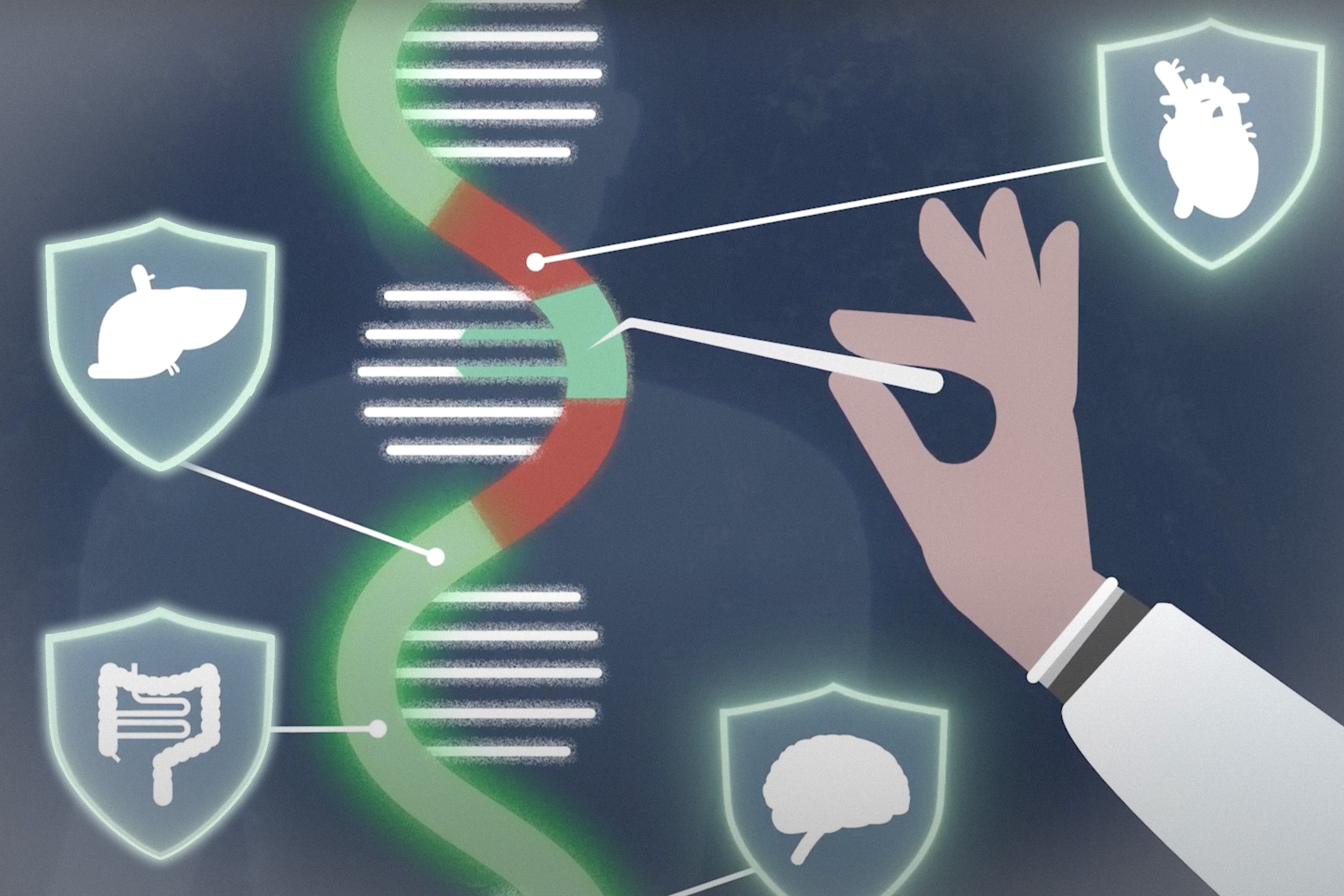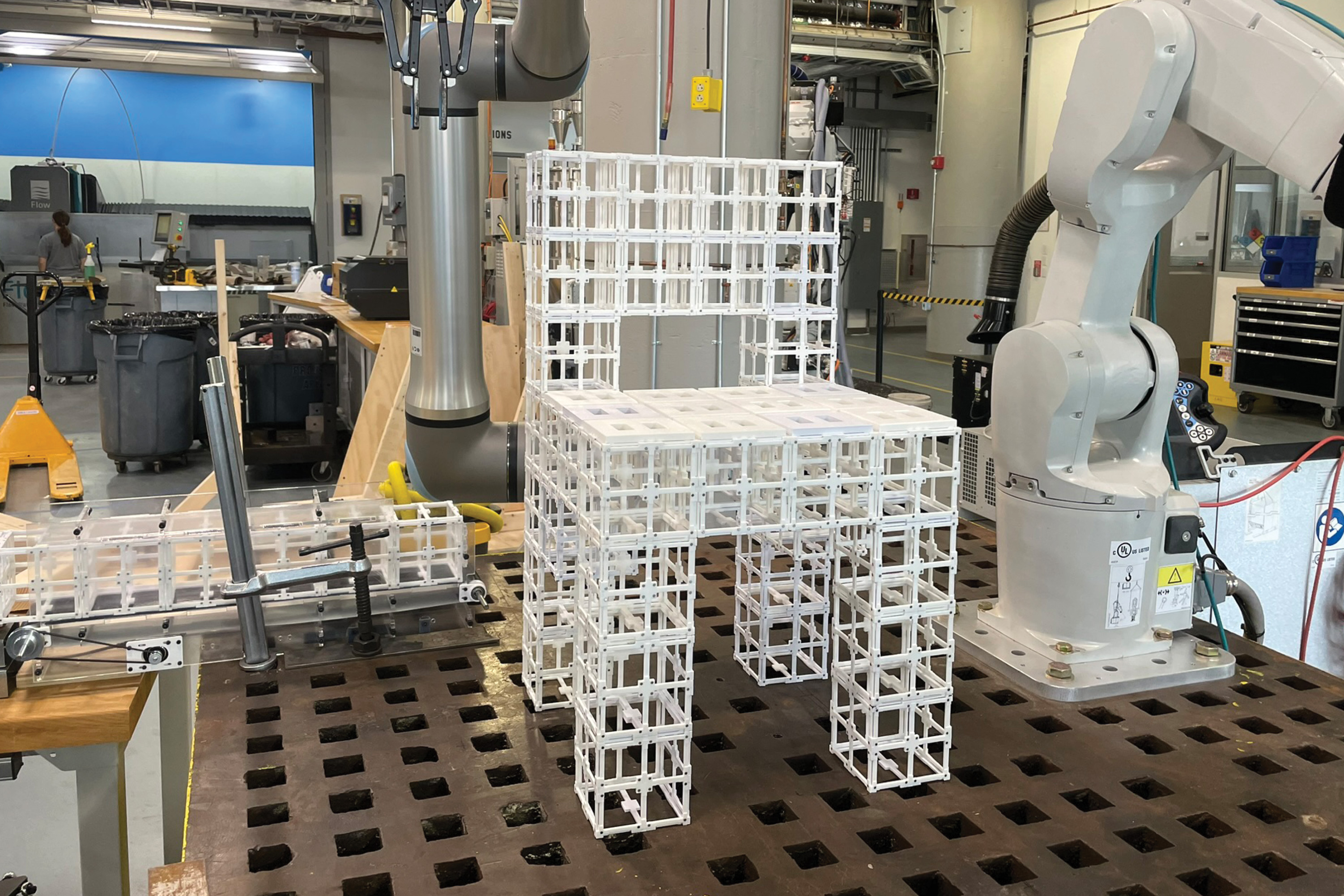Introduction to RNA Vaccines and Nanoparticles
Using artificial intelligence, MIT researchers have come up with a new way to design nanoparticles that can more efficiently deliver RNA vaccines and other types of RNA therapies. After training a machine-learning model to analyze thousands of existing delivery particles, the researchers used it to predict new materials that would work even better. The model also enabled the researchers to identify particles that would work well in different types of cells, and to discover ways to incorporate new types of materials into the particles.
How the Research Was Conducted
The researchers created a library of about 3,000 different LNP formulations and tested each of these 3,000 particles in the lab to see how efficiently they could deliver their payload to cells. They then fed all of this data into a machine-learning model. After the model was trained, the researchers asked it to predict new formulations that would work better than existing LNPs.
Particle Predictions and Results
The researchers tested those predictions by using the new formulations to deliver mRNA encoding a fluorescent protein to mouse skin cells grown in a lab dish. They found that the LNPs predicted by the model did indeed work better than the particles in the training data, and in some cases better than LNP formulations that are used commercially.
Accelerated Development of New RNA Vaccines
This approach could dramatically speed the process of developing new RNA vaccines, as well as therapies that could be used to treat obesity, diabetes, and other metabolic disorders. The researchers are now working on incorporating some of these particles into potential treatments for diabetes and obesity.
The Role of Artificial Intelligence
The researchers developed a new model called COMET, inspired by the same transformer architecture that powers large language models like ChatGPT. COMET learns how different chemical components come together in a nanoparticle to influence its properties — like how well it can deliver RNA into cells.
Applications and Future Directions
The researchers are now working on incorporating some of these particles into potential treatments for diabetes and obesity, which are two of the primary targets of the ARPA-H funded project. Therapeutics that could be delivered using this approach include GLP-1 mimics with similar effects to Ozempic.
Conclusion
The use of artificial intelligence to design nanoparticles for RNA vaccine delivery is a promising approach that could accelerate the development of new vaccines and therapies. The researchers’ findings have the potential to improve the efficiency of RNA delivery and to enable the development of new treatments for a range of diseases.
FAQs
Q: What are RNA vaccines and how do they work?
A: RNA vaccines are a type of vaccine that uses a piece of genetic material called RNA to instruct cells to produce a specific protein. This protein triggers an immune response, which helps to protect against infection.
Q: What are nanoparticles and how are they used in RNA vaccine delivery?
A: Nanoparticles are tiny particles that are used to deliver RNA vaccines to cells. They protect the RNA from being broken down in the body and help it to enter cells.
Q: How does the machine-learning model work?
A: The machine-learning model, called COMET, learns how different chemical components come together in a nanoparticle to influence its properties. It uses this information to predict new formulations that would work better than existing LNPs.
Q: What are the potential applications of this research?
A: The potential applications of this research include the development of new RNA vaccines and therapies for a range of diseases, including obesity, diabetes, and other metabolic disorders.











